Japan, Edo period (1603-1868) or early Meiji (1868-1912)
19th century
Lacquer, copper, mother-of-pearl and silk cord
H. 8.5; L. 6.5 cm
(Very slight accident inside one compartment)
Also known as a medicine box, the inrō is a kimono accessory whose various superimposed compartments made it possible to carry small everyday objects - the kimono being a garment with no pockets.
This is a four-compartment kinji lacquered wood shibayama. This decorative technique combines several different materials. The visible body parts of the two dueling samurai, depicted individually on each side, are in bas-relief, applied and enhanced with pink pigments. Their outfits are finely decorated with cranes for one and butterflies for the other. The two warriors move beneath a cloudy sky in golden takamakie. The interior is in nashiji.
The lower compartment bears the double signatures of the Shokasai lacquerer and Shibayama, who did all the applied decoration.
Each of the compartments conceals two inner side holes where the braided silk suspension link is slipped. The intermediate round bead is called the ojime. The netsuke, of the kagamibuta type, is lenticular in shape, split in two to form a small round box. It is adorned with a round copper medallion covered with sentoku featuring Tengu, his belt enhanced with gold and his face turned towards a small bird in flight.
The use of netsuke refers to a very specific use when wearing a kimono. As we saw earlier, this traditional Japanese garment has no pockets, but no fastenings, button plackets or loops either. Instead, a wide, knotted ribbon called the obi was used as a belt to keep the kimono closed. It was from the obi that the inrō was suspended, and the netsuke, hooked at the end and placed above the upper edge of the belt, blocked the object. It thus acted as a cleat or counterweight.
Bibliography: A copy by the same artist is kept at the Metropolitan Museum in New York and another at the Rijksmuseum in Amsterdam.
Text and photos © FCP CORIDON
Ref.LP5436
Translated with DeepL.com (free version)


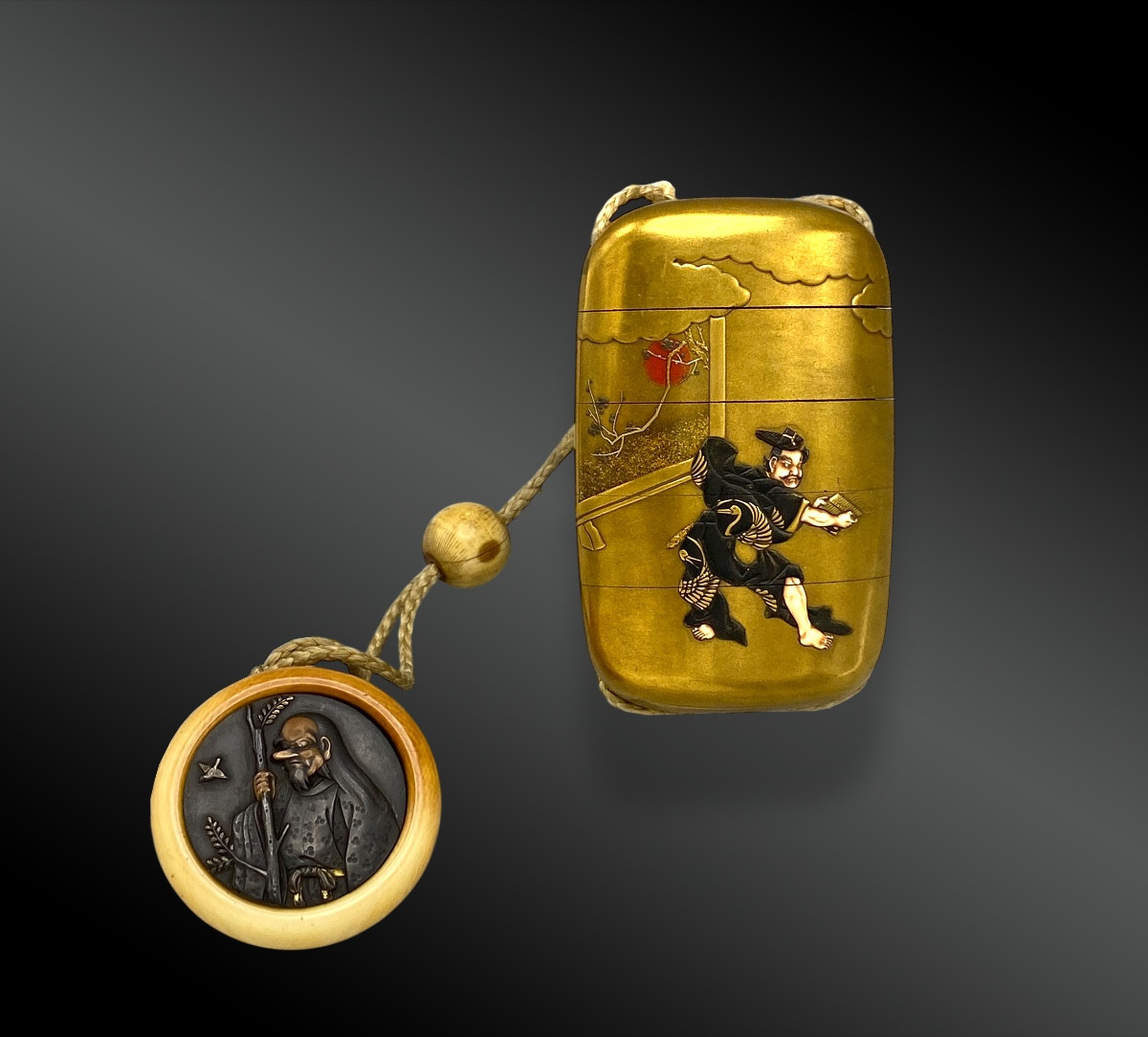
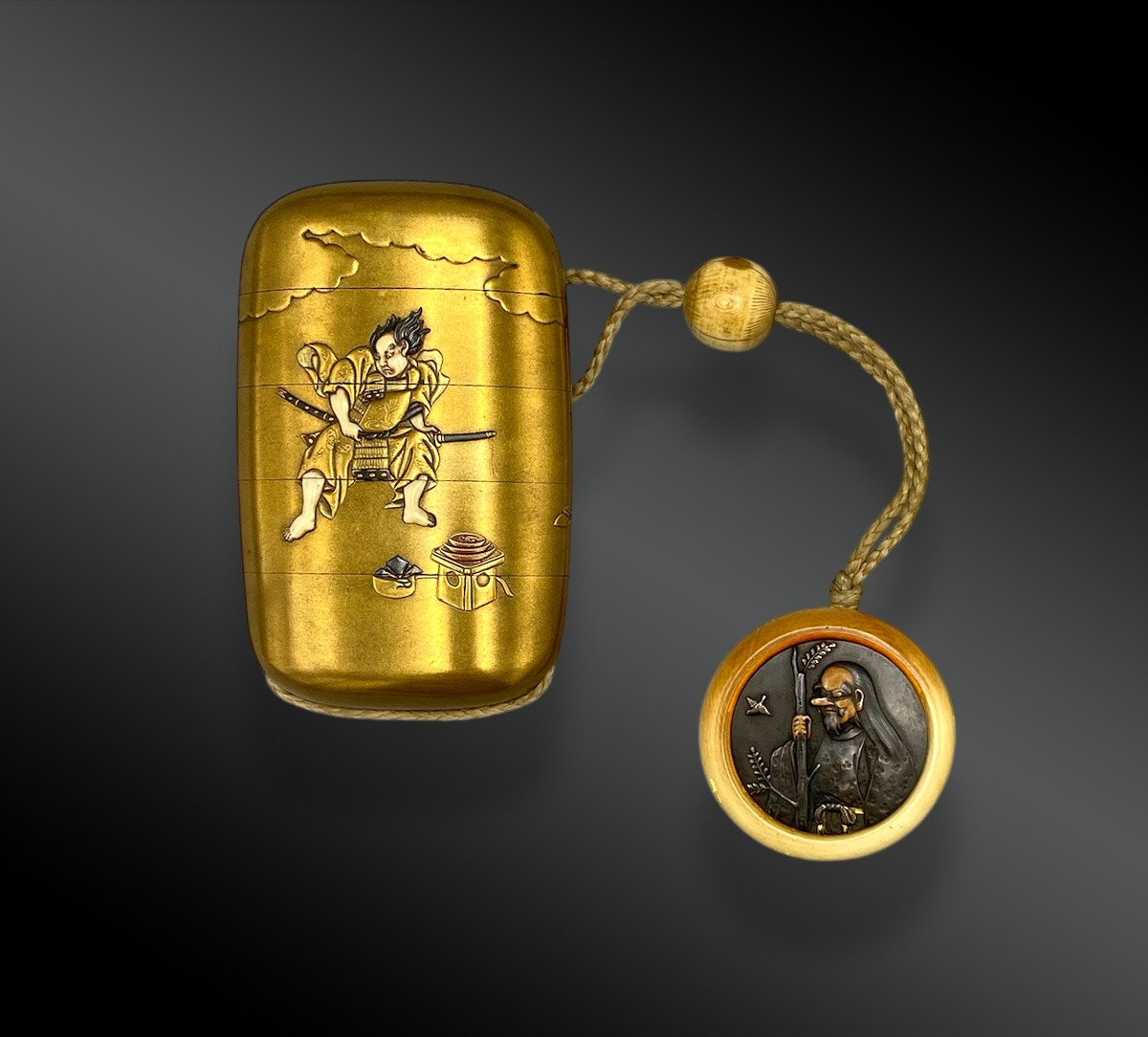














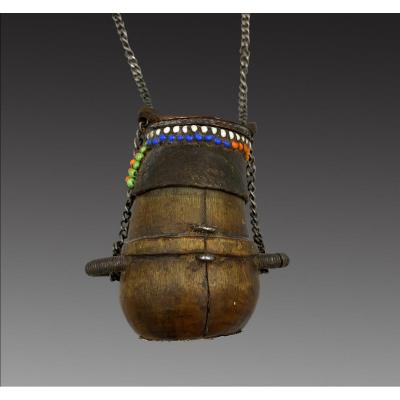





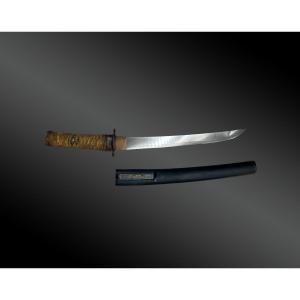
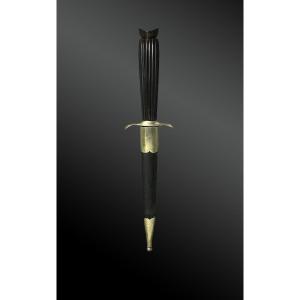


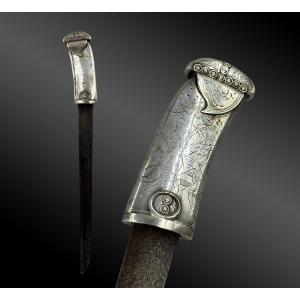
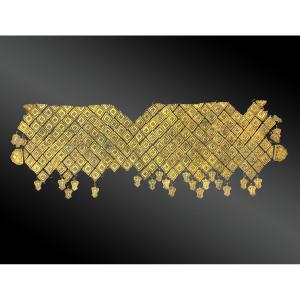


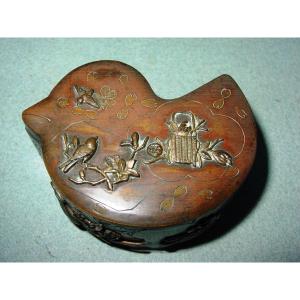
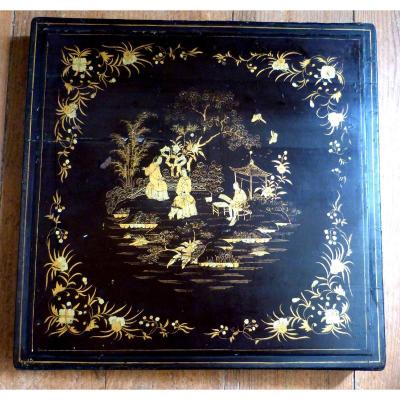


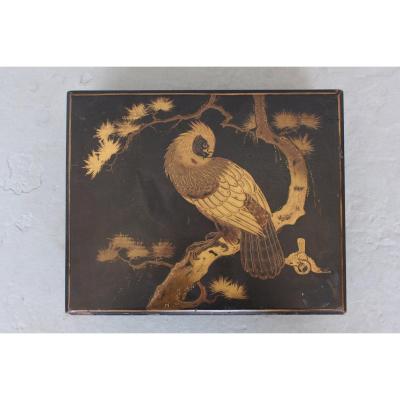



 Le Magazine de PROANTIC
Le Magazine de PROANTIC TRÉSORS Magazine
TRÉSORS Magazine Rivista Artiquariato
Rivista Artiquariato